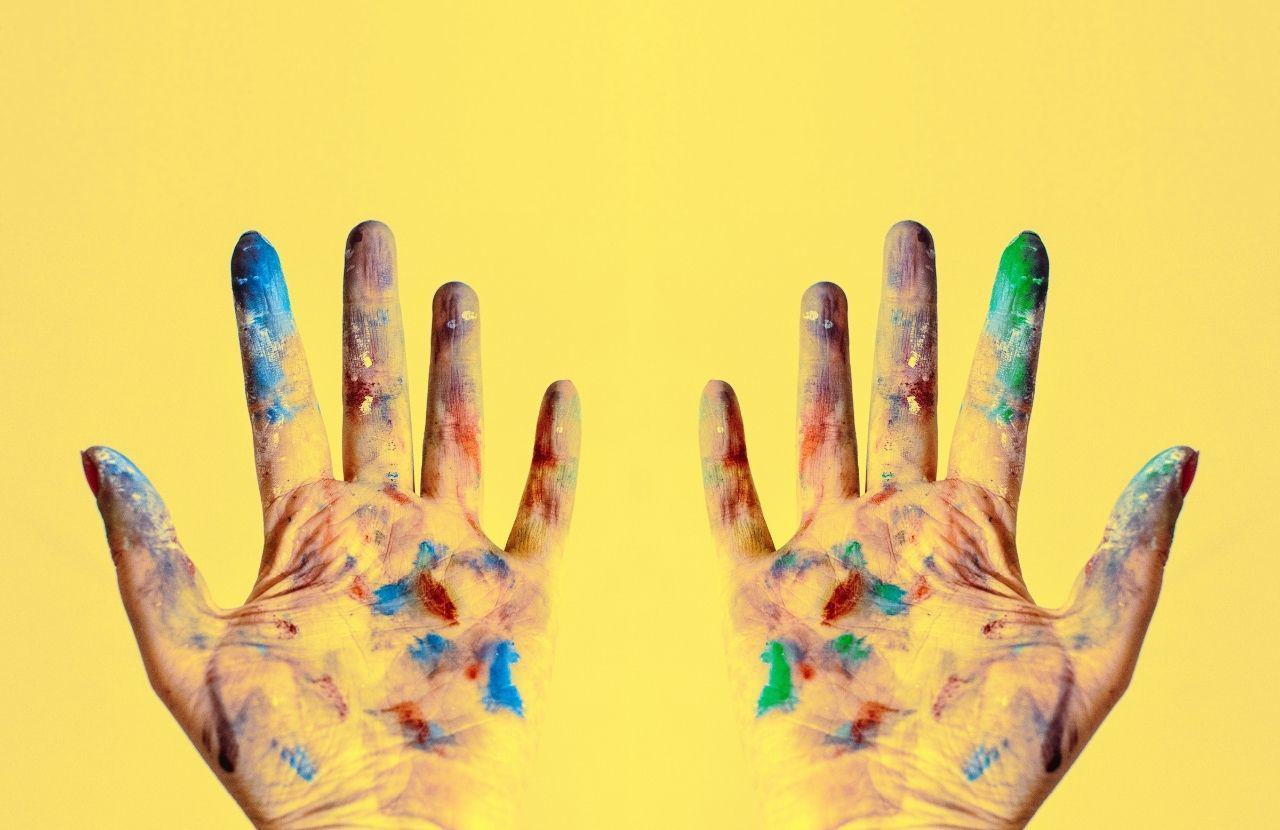


The non-traditional nature of design and creative roles lends itself to more flexible working arrangements.
While I have always regarded design careers as a great option for relaunchers, I started thinking about them again when I received the October issue of Fast Company magazine, their design issue. “Design” is a broad category, encompassing building design, product design, typeface design, interior design, digital design of all kinds, shoe and athletic equipment design, fashion design, graphic design, and more. Flipping through the Fast Company pages, you can find everything from how Italian sporting firm CAMP redesigned their ice ax to mimic the angle of a hummingbird’s beak to how JDSU’s ChromoFlair refractive paints, used on everything from Cadillacs to Trek bike helmets, were inspired by the fine scales on a butterfly’s wing.
One of the biggest benefits of a career in design, shared by other creative careers such as freelance writing, is the non-traditional nature of the work itself. You can’t program people to create during set business hours. They have to work when the creative moment strikes them. Some designers have a strict discipline about the process; setting aside a certain number of hours each day to work. But those hours may not all be in a row and they may not be between 9 am and 6 pm. Others go for days thinking and reflecting, and then have a prolonged burst of intense production.
Cindy Atoji Keene at the Boston Globe recently interviewed Marc Loverin, design director for children’s shoe company Stride Rite. Loverin commented about his work schedule: “I work from home a couple days a week, and my son and daughter sit next to me while I'm drawing. I sketch out my ideas with a ballpoint pen or markers and then scan the drawings in. A friend of mine was a video game designer for Mattel in the early 80s. Mattel’s state of the art video game design center was open 24 hours, progressive for that time, so their designers could come in whenever they had a creative inspiration. (This was way before remote home offices.) I do remember hanging out there at 2 a.m. on more than one occasion! Another friend is an independent toy designer. He creates toy concepts on his own schedule and then sells them to toy companies."
Work at design firms is broken up into components that occur in concert with each other or sequentially, depending on the project stage. And you can visualize how that process may play out in the work environment, with people working remotely or in the office, and with people working non-traditional and traditional business hours.
Design assignments are usually project based, so there is a start and an end to the finished product. This is why the field lends itself to contract work and freelancing. Companies looking to connect with teams of design freelancers can contract with Aquent, a staffing firm placing design professionals at all levels in interim or temporary positions at companies that often lead to full-time work.
“Relaunchers” (returning professionals on career break looking to return to work) interested in design careers should consider updating their portfolios with a project for a non-profit, volunteer organization or small company. Attend conferences to hear experts in the field and broaden your network, possibly leading to a work opportunity.
Have you returned to work in a design field? If so, please let us know! We would like to feature your story.
Join our growing relauncher communities on Facebook and LinkedIn. For more great guidance on your relaunch and updates on when return to work programs are accepting applications, events for relaunchers and more, be sure to sign up for our Return to Work Report and follow us on social media to stay informed!